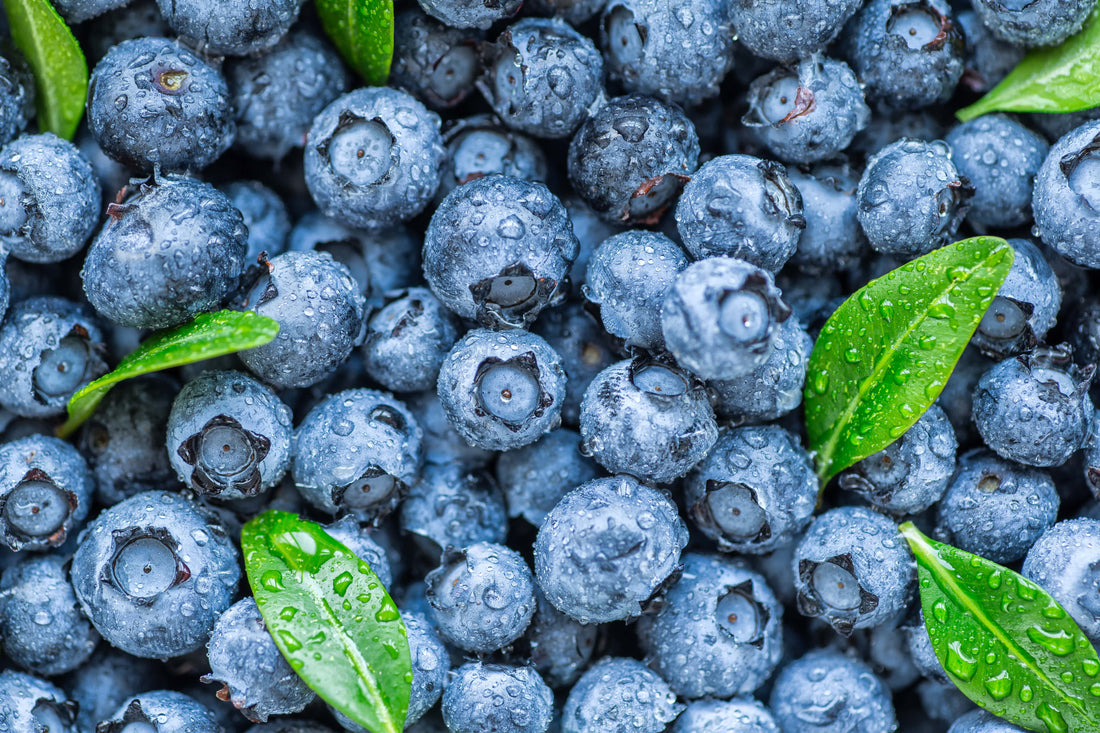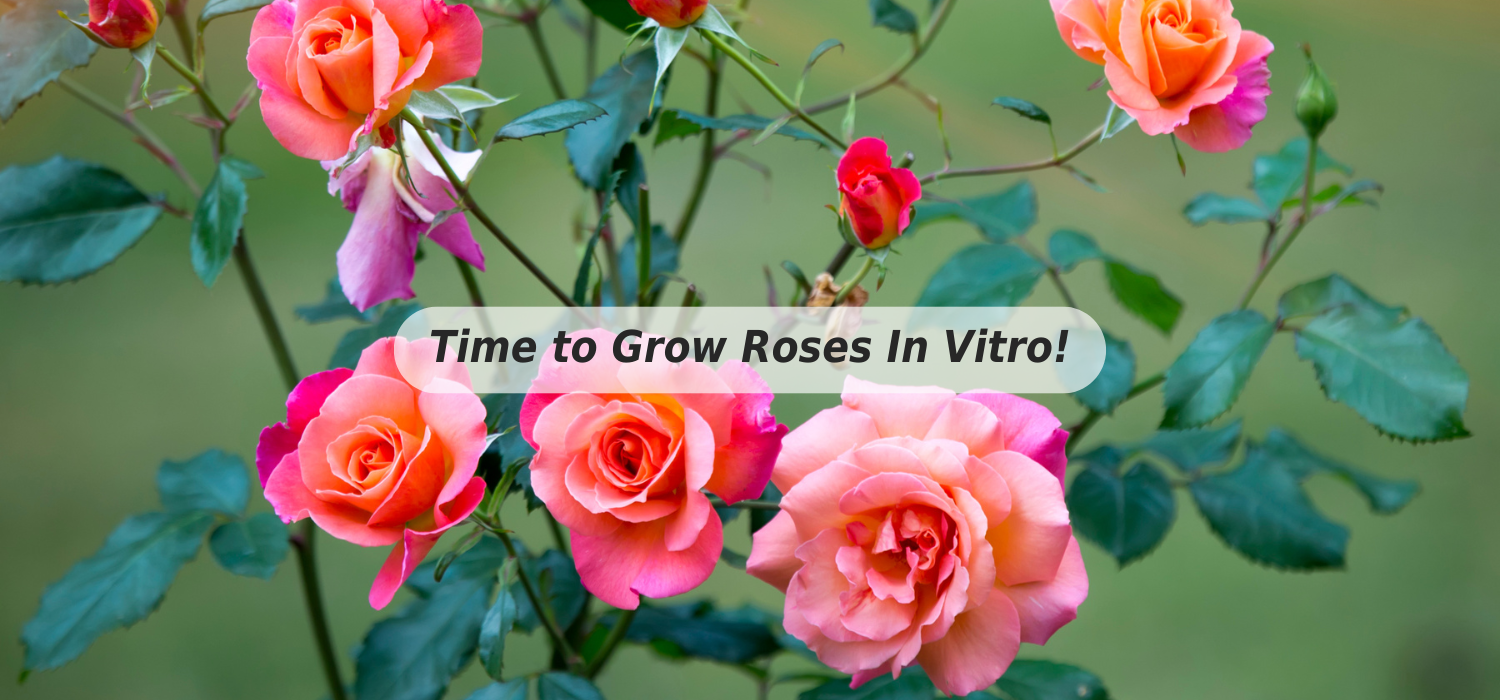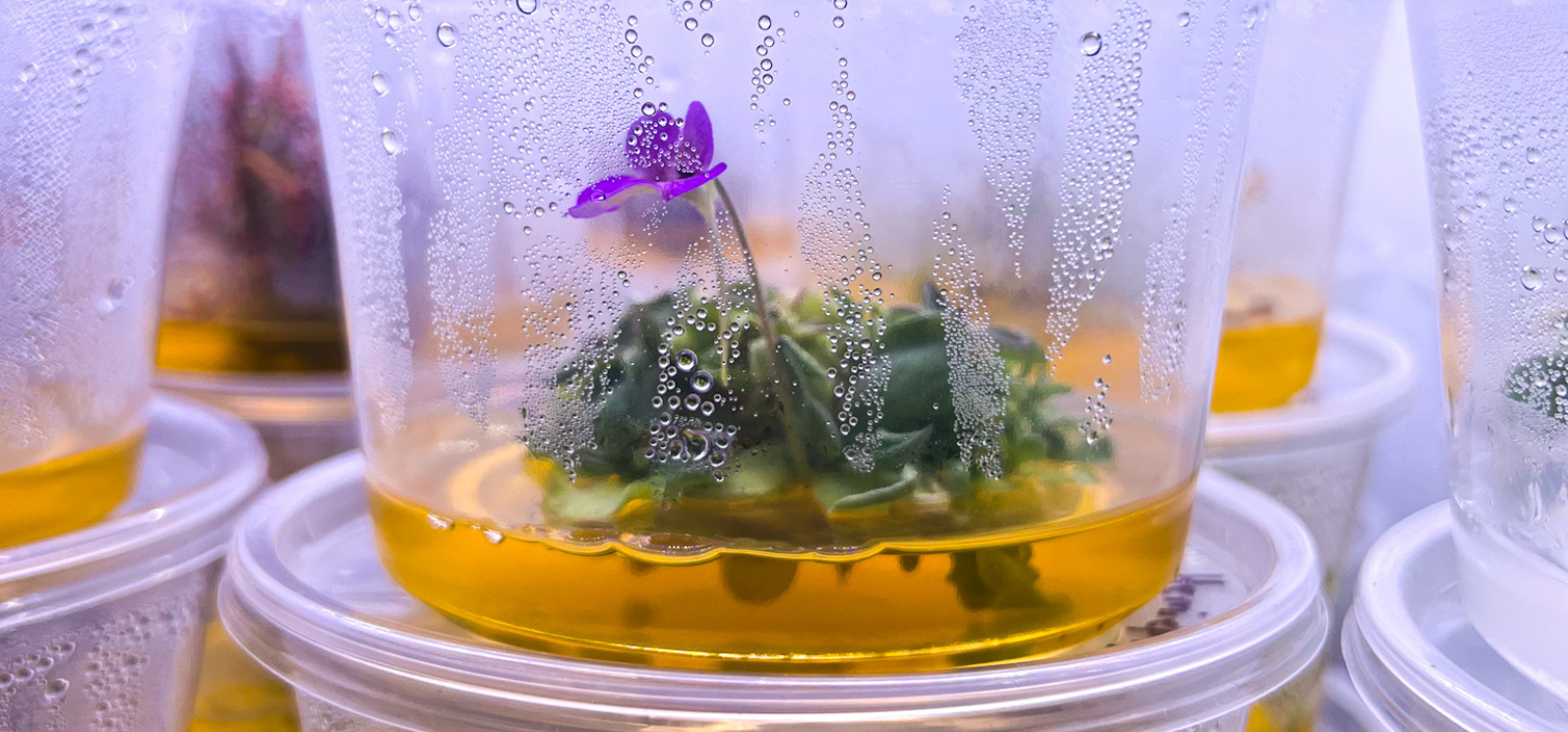
Tissue Culture of Blueberries Using Axillary Buds
As a content and community manager, I leverage my expertise in plant biotechnology, passion for tissue culture, and writing skills to create compelling articles, simplifying intricate scientific concepts, and address your inquiries. As a dedicated science communicator, I strive to spark curiosity and foster a love for science in my audience.


Blueberries are among the most delicious and popular fruits that belong to the family Ericaceae. This family includes some other berries including cranberries, bilberries, huckleberries, and Madeira blueberries. The blue pulpy and juicy fruit is not only delicious but also holds several medicinal values. It’s high in nutrition, antioxidants, fiber, and vitamins. Blueberries are easy to grow in your home garden if you have the right soil condition.
“What soil condition exactly it needs? How it can be taken care of and easily grown in your home garden? What are the techniques to grow these berries on a large scale? What protocol you should follow to get the best blueberries as the end product?” If these are the questions you are wondering about, then, you are in the right place! This article talks about the nature of blueberries, their growth conditions, and how they can be grown using tissue culture. So, let’s begin!
All about The Blueberry
Blueberry is a plant that lives for more than two years (perennial) that belongs to the family of Ericaceae and genus Vaccinium. They are usually prostrate shrubs of 4-10 meters in height. The stems or twigs of the plant are green/yellow in color, which turns yellow in winter. The species of Blueberry are mainly distributed in North America, Europe, and Asia. The most popular wild species of blueberries include Vaccinium myrtilloides, Vaccinium angustifolium, Vaccinium virgatum, and Vaccinium corymbosum (most cultivated species in North America). The four types of blueberry include:
- Highbush
- Lowbush
- Hybrid half-high
- Rabbiteye
The wild-type blueberry reproduces through cross-pollination; this is the reason every blueberry seed results in a plant with different genetic composition. The difference in the genome of each seed leads to different growth rates of plant, flower, and fruit color, defense response. The fruit of the blueberry is berry type and ranges from blue to purple.
Establishing the aseptic culture of blueberry
Stem cutting is the conventional technique to grow blueberries. However, it’s not a success with all the cultivars of blueberries because of its low rooting percentage. Also, stem cutting can’t be used when it comes to the commercial production of plants. The tissue culture of blueberries has been an effective technique for the mass propagation of plants and the production of propagules on a year-round basis.
The procedure of tissue culture of Vaccinium corymbosum L., blueberry mentioned below is taken from a research study by “Gajdošová, A. & Ostrolucká, & Ondrušková, & Libiaková, G. & Laimer, Margit. (2009). Protocols for in vitro micropropagation of blueberry and lingonberry.”
1. Explant collection and surface sterilization
- Collect dormant axillary or apical buds from a mature healthy plant.
- Wash the nodal segments with dormant buds under running tap water for 1 hour.
- Sterilize the explant in 70% ethanol for 2 minutes.
- Transfer the explant to a 0.1% solution of mercuric chloride with 3 drops of Tween, for 6 minutes.
- Wash the explant three times each in sterile distilled water.
2. Shoot induction and Shoot multiplication
- Prepare Anderson’s Rhododendron medium (Anderson, 1980) and sterilize the medium at 121°C for 20 minutes.
- Plant growth regulators are heat-labile so, filter sterilize them, and add them into the medium (after media is autoclaved).
- After obtaining the shoots of significant height, subculture them after every 5-6 weeks at least three times.
- Maintain the cultures at 23-25°C ± 1°C by photoperiod 16-h with the light intensity of 50-70 μmol.m-2.s-1 provided by white fluorescent lamps depending on different genotypes.
3. Rooting
- Prepare Anderson’s Rhododendron medium (Anderson, 1980) and sterilize the medium at 121°C for 20 minutes.
- Filter sterilize root growth hormones and add them to media (after media is autoclaved).
The composition of elements and growth hormones required for the shoot induction, multiplication, rooting of blueberry is mentioned below.
Note: The chart (below) is taken from “Gajdošová, A. & Ostrolucká, & Ondrušková, & Libiaková, G. & Laimer, Margit. (2009). Protocols for in vitro micropropagation of blueberry and lingonberry.”

For shoot multiplication, the composition of basal Anderson’s media is the same. However, the composition of the growth hormones varies that are mentioned in the table below.

4. Acclimatization
- When the plantlets are 4-6 cm in height, transfer them to the greenhouse in a pot containing peat substrate with regulated humidity and light treatments.
Related: PCT Starter Kit
Maintaining blueberry plants
The five major factors that are needed to be concerned while maintaining blueberries include:
- Light: Blueberries prefer full sunlight to grow, fruit well, and avoid diseases. While they are also tolerant to shade to some extent. But they fruit better in sun.
- Soil: An acidic soil of pH 4.0-5.0 is favorable for the healthy growth of blueberries. The soil should be sandy and rich in organic matter. If your garden has clay soil then raise the bed to grow blueberries. If you planning to grow blueberries, then start modifying the 6 inches of your soil one season before with Garden sulfur or aluminum sulfur. If you are not sure about the amount of sulfur suitable for your soil, you can get your soil testes at any garden center.
- Water: Water the plants once a week. The blueberry roots are shallow and they need at least a couple of inches of water each week.
- Temperature and Humidity: The requirement of temperature and humidity in a blueberry plant depends on its species. Like, high bushes require humid air and a cold winter climate to grow fairly well.
- Fertilizer: No need to fertilize your blueberries for their first year as their roots are sensitive to salt. After that, you can use ammonium sulfate to fertilize the plant.
If you’re growing blueberries in your tissue culture lab, please share your experience with us! We’ll be glad to hear from you!
Happy Culturing!

References
- Gajdošová, A. & Ostrolucká, & Ondrušková, & Libiaková, G. & Laimer, Margit. (2009). Protocols for in vitro micropropagation of blueberry and lingonberry.
- https://www.thespruce.com/growing-blueberries-1401...
- https://www.almanac.com/plant/blueberries
- https://en.wikipedia.org/wiki/Blueberry
Blog Categories
View by Level
Popular Blogs

Rose Micropropagation: A Comprehensive Overview
Introduction Valentine’s Day just passed—did you gift a rose to your loved ones? Roses have long been cherished for their...
Read More
How Tissue Culture is Transforming Flower Production?
Introduction Flowers have captivated human civilization for centuries, serving as symbols of love, beauty, and cultural significance. The global floriculture industry,...
Read MoreSubscribe to Our Newsletter








Join the conversation
Your email address will not be published. Required fields are marked